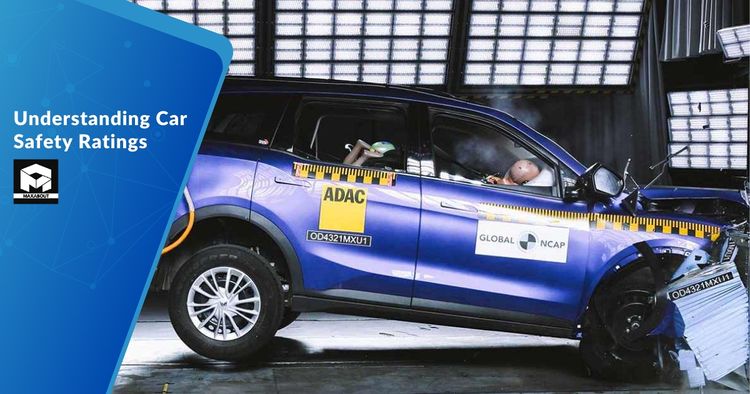Introduction
In the intricate realm of automotive safety, envision your car proudly adorned with an exhaustive report card, featuring the esteemed 5-star safety rating conferred by the distinguished Global NCAP organization. This emblematic accolade is intricately woven into a meticulously conducted test regimen, where the vehicle undergoes a controlled crash at a precisely calibrated velocity of 64 kilometers per hour (kph). This prestigious rating equates to commending your car for excelling in a specialized examination meticulously crafted to comprehensively evaluate its safety performance under standardized conditions.
Real-world Scenarios Matter
As we navigate the landscape of hypothetical yet entirely plausible scenarios, let's envision your car, the esteemed 5-star wonder, entangled in a real-world accident at a marginally elevated speed, perhaps around 65 kph. This speed slightly exceeds the parameters of the standardized test, prompting a deeper exploration of potential outcomes. The aftermath becomes contingent upon a myriad of variables, intricately woven together - the severity of the crash, the inherent structural integrity of the vehicle, and the efficacy of its embedded safety features.
This scenario resembles a dynamic stage where the performance of your vehicle transcends the controlled environment of a standardized test. It prompts an exploration into the dynamic interplay of factors that orchestrate the outcome of a real-world collision. It's akin to an intricate dance, where the rhythm is set not only by the speed but also by the varied nuances of collision dynamics.
Beyond the 5-Star Rating
Drawing an apt analogy, consider evaluating someone's swimming prowess based solely on success in a controlled swimming pool environment. However, when faced with the challenges of the open ocean and tumultuous waves, the dynamics undergo a substantial shift. Analogously, while the 5-star rating signifies commendable performance in a specific safety test, it inherently falls short of encapsulating the myriad complexities inherent in real-world situations.
Here, the crux lies in recognizing that the 5-star rating is not a conclusive guarantee of absolute safety in all scenarios. It serves as a robust benchmark within the controlled parameters of a standardized test but cannot be extrapolated as an absolute assurance in the unpredictable theatre of real-world accidents.
Factors Influencing Real-world Outcomes
Delve deeper into the multifaceted aspects at play - the angle of impact, the dimensions and weight of the other vehicles involved, meticulous adherence to seatbelt usage, and the presence of supplementary safety features such as airbags and electronic stability control. Each of these elements emerges as a crucial player in the symphony of collision dynamics, significantly influencing the real-world outcome of an accident.
In essence, a real-world collision is akin to a complex equation with multiple variables. The outcome is not merely a sum of speeds but a nuanced interaction of forces and safety measures. Consequently, while safety tests are undoubtedly invaluable, it's crucial to acknowledge their inherent limitations in predicting outcomes across every conceivable real-life scenario.
Everyday Safety Practices are Key
Comprehending these nuanced dynamics underscores the paramount importance of cultivating everyday safety practices. Beyond placing sole reliance on a 5-star rating, it becomes imperative to instill habits that systematically enhance safety. This encompasses not only consistently wearing seatbelts but also ensuring the meticulous adjustment of headrests, deploying child restraint systems when applicable, and strictly adhering to posted speed limits.
Furthermore, the narrative extends to encompass the proactive aspect of vehicle ownership - regular and comprehensive maintenance. Ensuring that your car is not only in working order but in optimal working condition contributes significantly to overall safety. This includes routine checks on braking systems, tire conditions, and other critical components. In this holistic approach, the driver becomes an active participant in fostering a comprehensive culture of road safety.
The tale of automotive safety transcends the confines of a 5-star rating. It ventures into the realm of real-world complexities, where every journey becomes a dynamic interplay of speed, collision dynamics, and an array of safety measures. It beckons for a holistic approach, where standardized tests serve as crucial benchmarks, but everyday safety practices and proactive vehicle maintenance become the anchors in navigating the unpredictable terrain of the roads.

